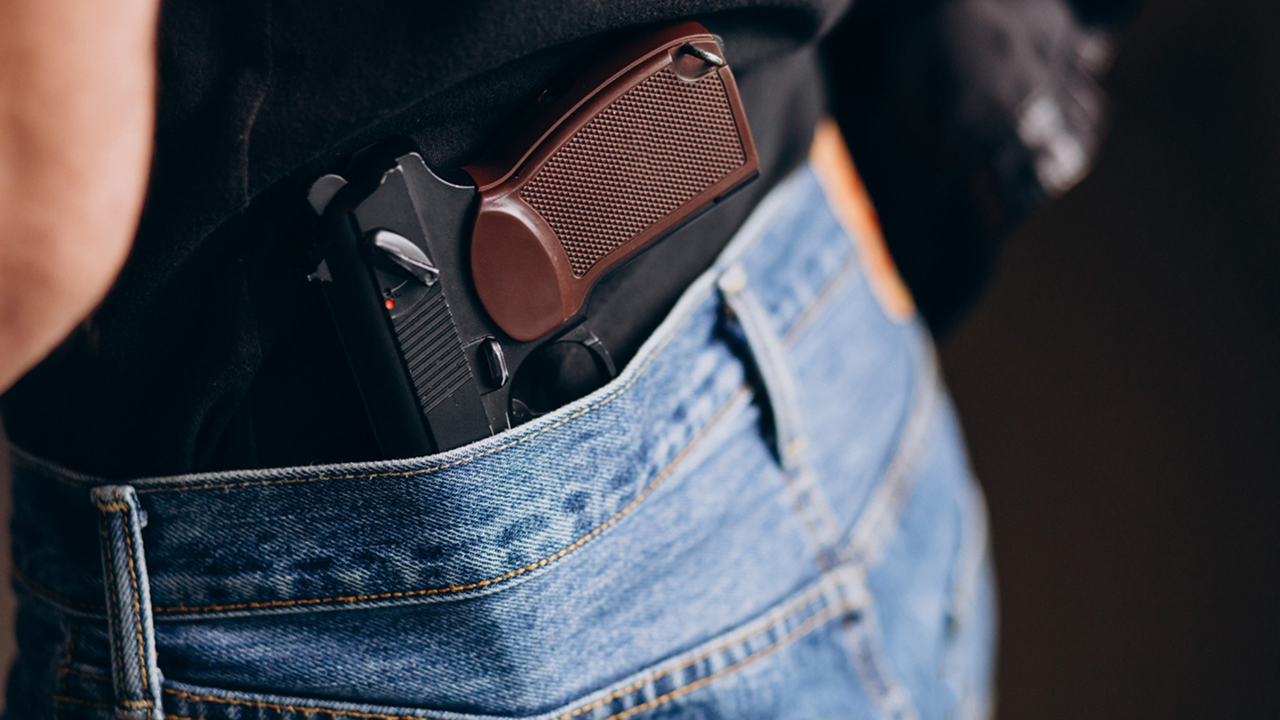The presence of manually operated external safeties on handguns is a major subject of debate among users. According to experts, safety systems that require extra steps beyond the actions the shooter must inherently take—such as pulling the trigger or drawing from the holster—are not preferred in modern self-defense weapons.
In modern handguns like the Springfield XD, safety systems do not impose an extra burden on the user, even though they are “manual.” These models feature two primary safeties: a grip safety and a safety lever located on the trigger. The moment you grasp the grip correctly, the grip safety disengages. When you touch the trigger, the small lever on the trigger opens, allowing the trigger mechanism to function. During this process, the shooter is not required to make any extra movements.
In contrast, on older-design handguns like the Beretta 92, an external safety lever located on the body must be pushed forward with the thumb. If this action is not performed, the gun will not fire even if the trigger is pulled. According to experts, this type of safety can slow down the user’s reaction time during stressful self-defense scenarios.
The Springfield XD’s safety system ensures the handgun remains secure while in a holster or quick-access safe, yet it disengages the moment the gun is picked up, relying solely on a natural grip and shooting position. Unless the user fully depresses the trigger, it is impossible for any part to move unintentionally. For this reason, experts state that these types of safeties, which do not require extra operations, are more suitable for self-defense weapons.
